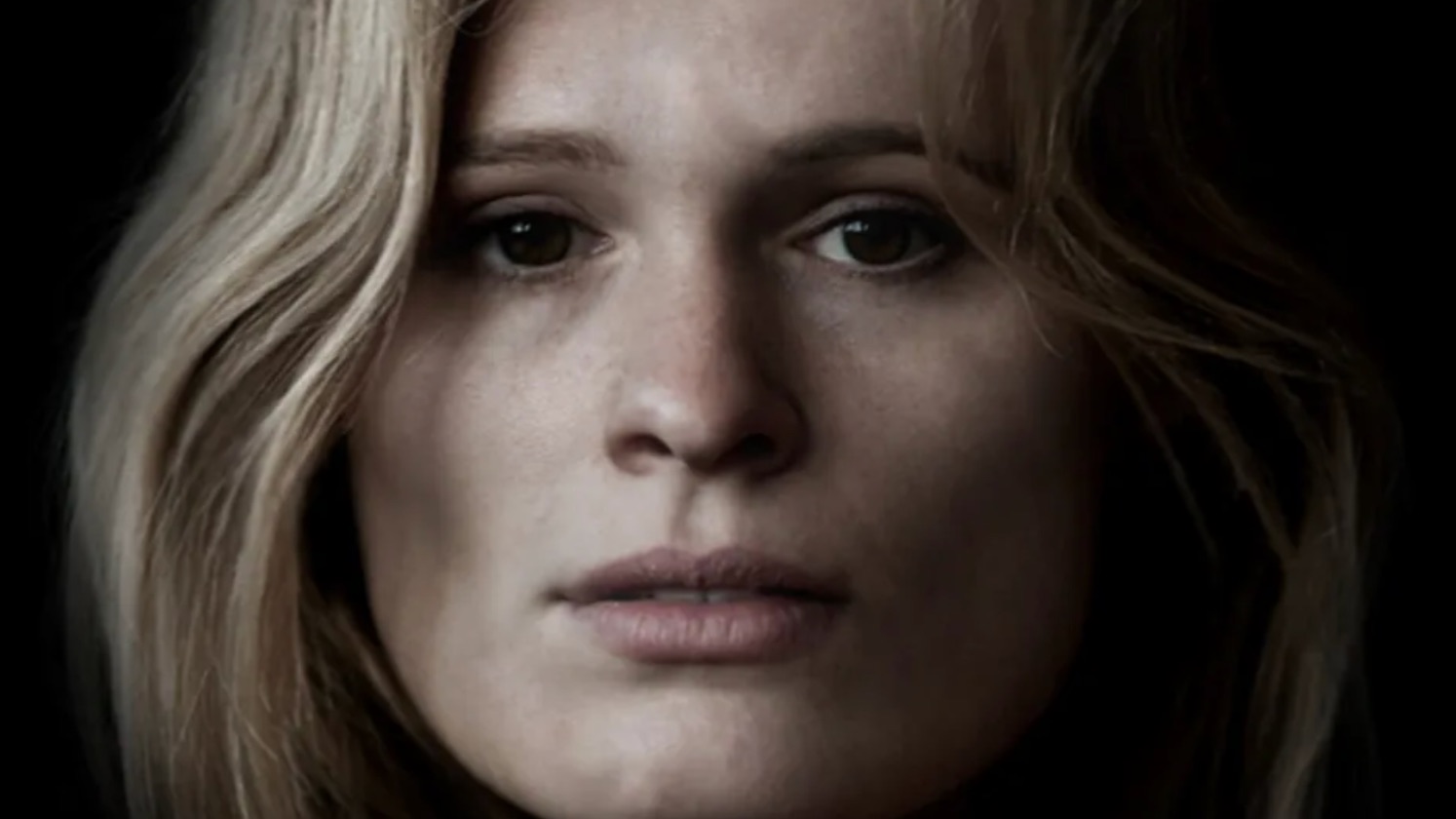See lifelike facial reconstructions of a medieval Scottish woman, priest and bishop
Their remains were found in Scotland more than 60 years ago.

Little was known about three skeletons found in a medieval crypt in Scotland when workers stumbled upon the remains in 1957.
Now, more than 60 years later, researchers are using forensic science and technology to finally put faces on these individuals by using 3D facial reconstructions to digitally animate them and bring them back to life.
Called Cold Case Whithorn, the project is part of an initiative led by The Whithorn Trust, a Scottish charity that manages Whithorn Priory, one of Scotland's earliest Christian communities and the site where the skeletons were found. The project's intent is to "reveal insights into the lifestyles, diets and health of people from Scotland's distant past," according to BBC News.
Chris Rynn, a forensic craniofacial anthropologist based in Scotland, used a mix of technology and hands-on techniques to reconstruct three of the skulls — a young woman, a priest and Bishop Walter, the latter of whom became the community's bishop in 1209, according to National Museums Scotland. Rynn's first step was to create a 3D scan of each skull.
"I didn't want these faces to look like a digital sculpture, so when it came to the muscles, I sculpted them in wax and then 3D scanned them the same way that the skull was scanned," Rynn said in a video presentation about the project. "I made it look like a person by adding photographic textures, which is a process of selecting photographs of several different people that look similar to the 3D model and then projecting it onto the skull."
Related: See the striking facial reconstruction of a Paleolithic woman who lived 31,000 years ago
The results are three remarkably lifelike 3D reconstructions of the deceased. Rynn used artificial intelligence to reanimate them, causing them to move, blink and even smile as if they were still alive today.
Get the world’s most fascinating discoveries delivered straight to your inbox.
"The skulls were really interesting to work on side by side because one of them, the priest with the cleft lip and palate, is the most asymmetrical skull I've ever worked on," Rynn said in the video. "The other, the young woman, is the most symmetrical skull I've worked on."
The Whithorn Trust presented the animations during the Wigtown Book Festival on Friday (Sept. 30) as a way to revisit "the area's archaeological archive," according to BBC News.
"The chance to see and imagine that we can hear these three people from so many centuries ago is a remarkable way to help us understand our history and ancestry," Julia Muir-Watt, development manager for The Whithorn Trust, told BBC News. "It's always a challenge to imagine what life was really like in medieval times, and these reconstructions are a brilliant way to engage with who these people from our past really were, of their everyday lives, their hopes and their beliefs."
Jennifer Nalewicki is former Live Science staff writer and Salt Lake City-based journalist whose work has been featured in The New York Times, Smithsonian Magazine, Scientific American, Popular Mechanics and more. She covers several science topics from planet Earth to paleontology and archaeology to health and culture. Prior to freelancing, Jennifer held an Editor role at Time Inc. Jennifer has a bachelor's degree in Journalism from The University of Texas at Austin.



